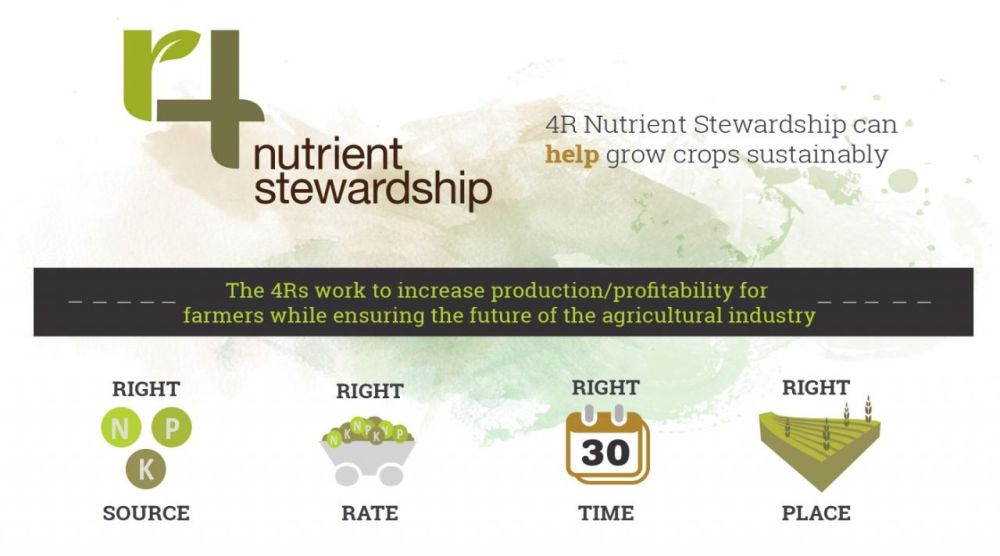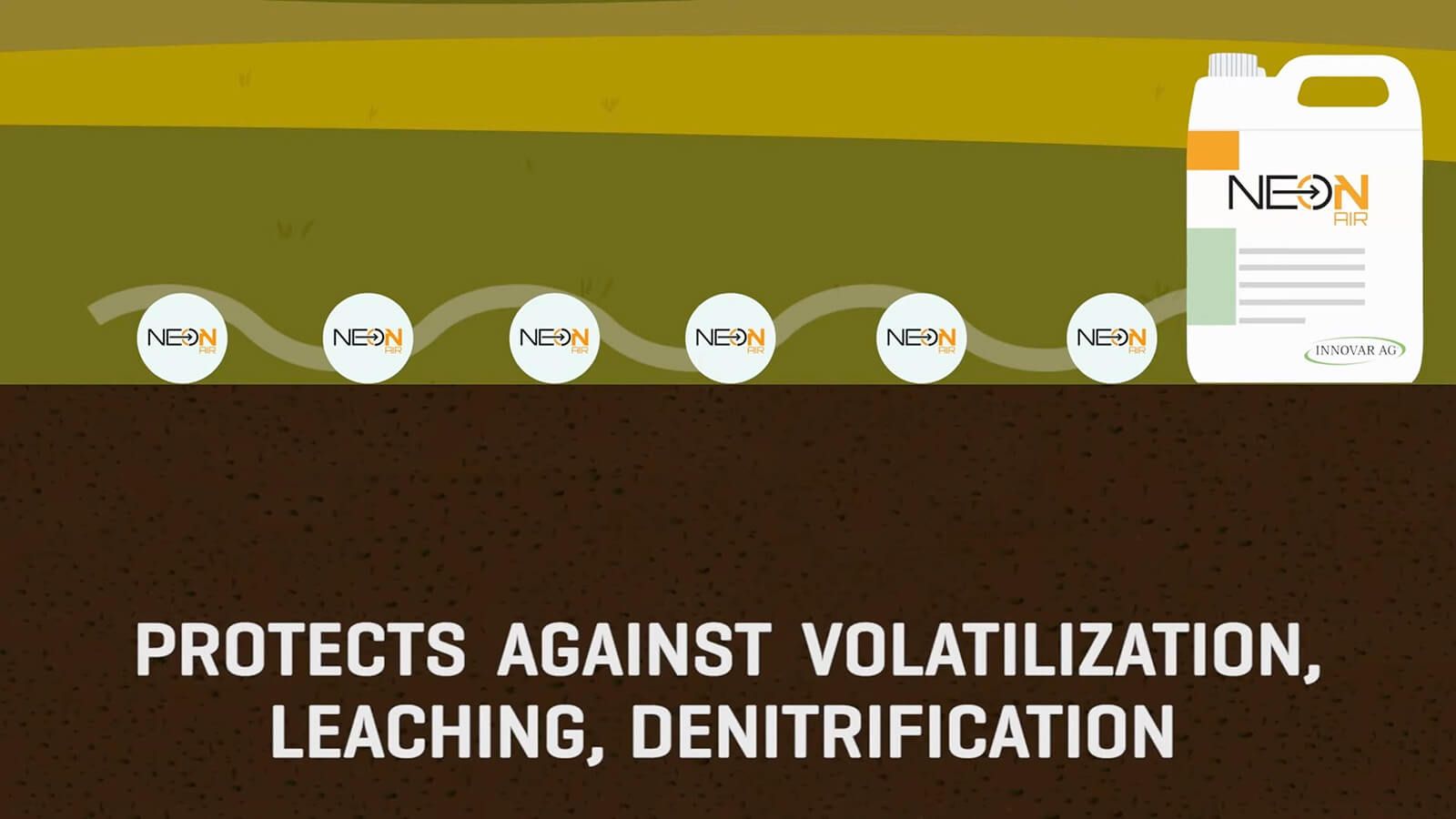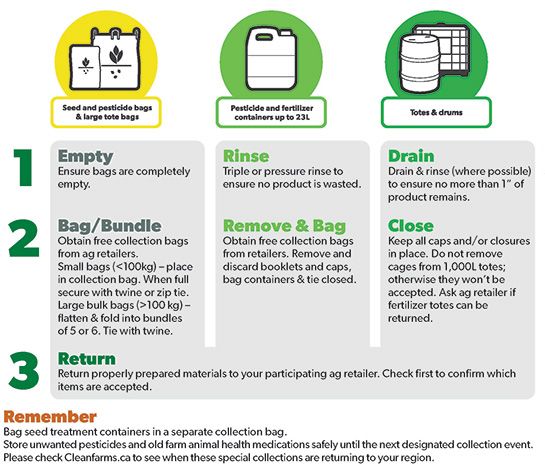
“Holmes Agro is committed to developing, implementing and demonstrating sustainable practices to help reduce environmental impact in our community, and is committed to growers in helping them achieve the same goals.”







Nitrogen stabilizer products are a liquid that is applied directly on nitrogen fertilizer sources to help to slow the conversion of nitrogen to forms that are susceptible to loss. The two main forms of stabilizers are urease inhibitors (protects from the conversion of urea to ammonium) and nitrification inhibitors (ammonium to nitrate).

Nitrogen stabilizer products are a liquid that is applied directly on nitrogen fertilizer sources to help to slow the conversion of nitrogen to forms that are susceptible to loss. The two main forms of stabilizers are urease inhibitors (protects from the conversion of urea to ammonium) and nitrification inhibitors (ammonium to nitrate).

Nitrogen stabilizer products are a liquid that is applied directly on nitrogen fertilizer sources to help to slow the conversion of nitrogen to forms that are susceptible to loss. The two main forms of stabilizers are urease inhibitors (protects from the conversion of urea to ammonium) and nitrification inhibitors (ammonium to nitrate).

Holmes Agro is a proud partner of Cleanfarms, a non-profit environmental stewardship organization. Through Cleanfarms, we offer several programs to help growers properly dispose of agricultural waste:

Holmes Agro is a proud partner of Cleanfarms, a non-profit environmental stewardship organization. Through Cleanfarms, we offer several programs to help growers properly dispose of agricultural waste:

Holmes Agro is a proud partner of Cleanfarms, a non-profit environmental stewardship organization. Through Cleanfarms, we offer several programs to help growers properly dispose of agricultural waste:
